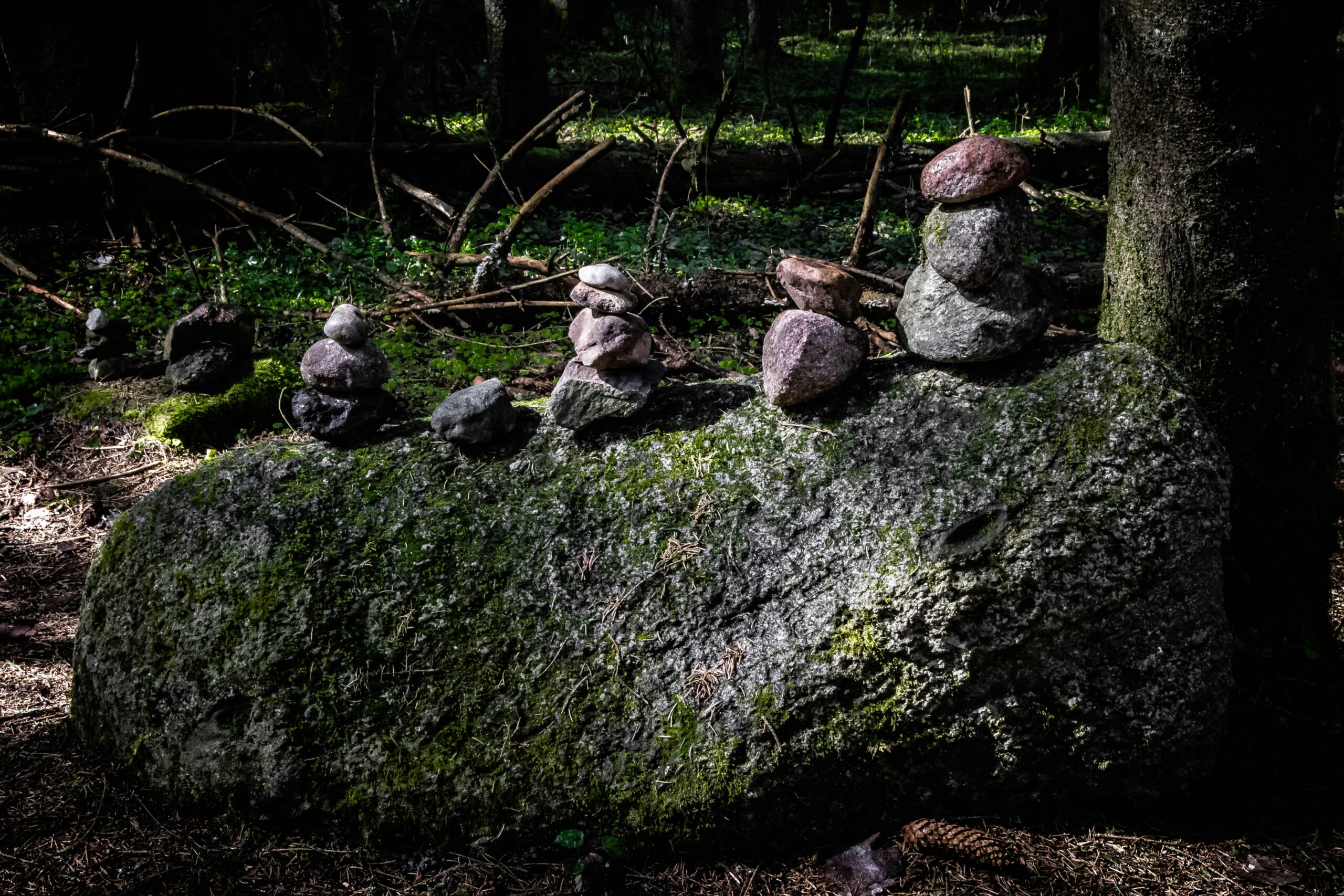May is a month rich with ancient celebrations, many of which have faded into obscurity. While Beltane remains well-known, numerous other May festivals once marked the changing season, honoring deities of fertility, renewal, and protection. These forgotten rites give us a glimpse into the sacred traditions of our ancestors and the mystical significance they placed on this time of year.
1. Floralia: The Festival of Flowers (Ancient Rome)
Celebrated from April 27 to May 3, Floralia honored Flora, the Roman goddess of flowers, fertility, and renewal. The festival featured:
- Public feasts, games, and theater performances.
- Offerings of flowers and honey to encourage agricultural abundance.
- Lively dances and processions to celebrate the rebirth of nature.
2. Thargelia: Purification and Renewal (Ancient Greece)
Held in mid-May, Thargelia was a Greek festival dedicated to Apollo and Artemis. It focused on:
- Purification rituals to cleanse the community of past misdeeds.
- Offerings of the first grains and fruits to ensure a prosperous harvest.
- The selection of two scapegoats (pharmakoi) who were symbolically exiled to remove ill fortune.
3. Walpurgis Night: The Witches’ Sabbath (Europe)
Celebrated on April 30th into May 1st, Walpurgis Night was believed to be a time when witches gathered and spirits roamed freely. Key traditions included:
- Lighting bonfires to ward off malevolent spirits.
- Making protective charms to safeguard homes and livestock.
- Participating in nocturnal dances and feasts to welcome the coming summer.
4. Roodmas: The Lost Christian Festival (Medieval England)
Falling on May 3rd, Roodmas commemorated the finding of the True Cross by St. Helena. It was:
- A day for blessings and prayers for protection.
- Marked by processions carrying crosses decorated with flowers.
- Slowly merged with other May Day celebrations before fading away.
5. The Festival of the Sacred Wells (Celtic Tradition)
Ancient Celts believed that May was a sacred time to honor wells and natural springs, seen as portals to the Otherworld. Rituals included:
- Leaving offerings of flowers, coins, and milk at holy wells.
- Washing one’s hands or face in the water for renewal and luck.
- Asking for guidance from spirits believed to dwell within the waters.
How These Festivals Influence Modern Celebrations
Many modern pagan and folk traditions borrow elements from these forgotten festivals:
- Flower crowns and offerings echo Floralia.
- Bonfires and protective charms remain central to Beltane and Walpurgis Night.
- Sacred well rituals continue in neo-pagan and Celtic revival practices.
Final Thoughts
While these festivals may have faded from mainstream history, their echoes still linger in modern springtime traditions. By remembering them, we reconnect with the wisdom of the past and the ancient rhythms of nature.
Want to Know More? Explore our latest articles on ancient celebrations, forgotten traditions, and mystical history, and browse our collection of seasonal-inspired enchanted merchandise!


Leave a Reply